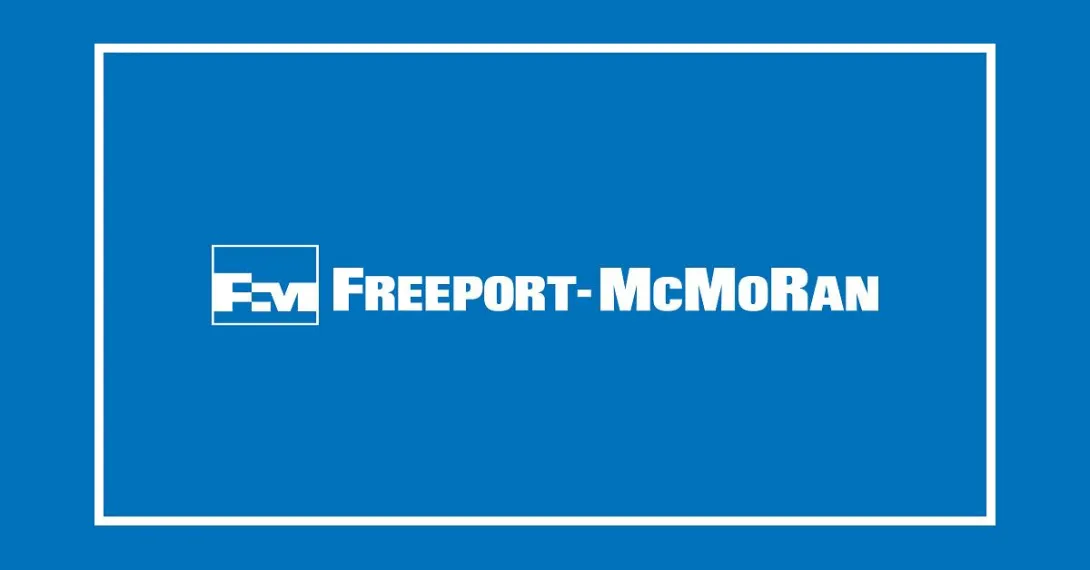Protecting people from getting hurt on the job is not something that can be done once and forgotten, but rather requires daily diligence, awareness of hazards and a commitment from everyone to look out for themselves and those around them, Josh Olmsted said during a recent virtual town hall for employees.
“We all need to be very, very focused on those things that can kill us in our day-to-day work,” said Olmsted, President and Chief Operating Officer-Americas. “It can’t be a one-and-done. Safety is not a point in time. It’s a treadmill and we’ve got to continue to run every single day.”
As with prior town halls, discussion focused heavily on worker safety during the hour-long event, which included a presentation and question-and-answer session. Olmsted was joined by Maree Robertson, Executive Vice President and Chief Financial Officer; Cory Stevens, Senior Vice President and President of FMI Technical Services; and Stacey Koon, Vice President, Safety, Health and Technical Training. The meeting was viewed by more than 2,000 employees across the Americas.
Olmsted said the third quarter safety performance presented some bright spots and disappointments.
The total recordable incident rate, which captures both high-risk and less severe events involving an employee injury, was the lowest of the year and the best the company has posted in the Americas since 2015.
The TRIR has declined by 30 percent since early 2023, thanks in part to an intensive focus on those new to the company, those new in their jobs, and those working for new supervisors, Koon said. These groups have the highest rates of safety incidents but fewer incidents overall due to the increased emphasis.
On the downside, there were too many high-risk incidents, those most likely to cause death or serious injury. The company will not meet its objective of reducing those events by 25 percent from last year, although there still is an opportunity to have a fewer total of high-risk incidents this year than in 2023. So far this year, there have been 43 high-energy incidents, including two fatalities involving contractors.
That – as well as a global industrywide increase in incidents – is what prompted a companywide stand down October 30 to facilitate safety discussions at every Freeport side worldwide.
“We can’t be satisfied with the numbers that we are seeing,” Olmsted said, adding that some of the high-risk events easily could have been fatalities. “If not for luck we would be talking about a different outcome in several cases. None of us can be happy with that, and we have to do everything we can to avoid those events. I ask all of you to stay really focused and not let last week (the October stand down) be a one-time event but rather part of our day-to-day conversations.”
Even with the safety improvement cited in the town Hall, Olmsted said all workers must stay vigilant.
“Those hazards become part of the scenery, unfortunately, and it’s too easy to overlook them,” he said.
Lessons from the stand down
One of the lessons from the stand down was that some employees might be reluctant to stop work if they believe there is a hazard because of concerns about how supervisors and peers, in particular, might react, Koon said. That needs to end, she said, citing the need for employees to be “our brother’s keeper.”
“We need to be role modeling that stop work is OK and celebrating when people do that,” Koon said.
On other topics, Stevens addressed the startup delay caused by a fire at the company’s smelter complex in Manyar, Indonesia. Like most company incidents, initial indications are that a combination of factors contributed to the fire. There were safety procedures in place and fortunately there were no injuries, but “given the magnitude of the event we were lucky,” he said.
The root cause analysis to determine the causes of the incident is ongoing and the extent of the damage still is being assessed, Stevens said. Crews are moving quickly on cleanup and repairs and are getting support from other Freeport operations including Miami and Atlantic Copper.
Stevens did not give an estimated timeline for the repairs.
North America production costs have increased at a rate 20 percent above inflation since 2021 but are expected to decline over the next five years through greater efficiency, reducing operational down time and diligent oversight of contractors and suppliers, Robertson said.
“This is not about slash and burn…,” Robertson said. “This is about how can we generate value. It’s about how can we be predictable, be reliable and meet our plans.”
